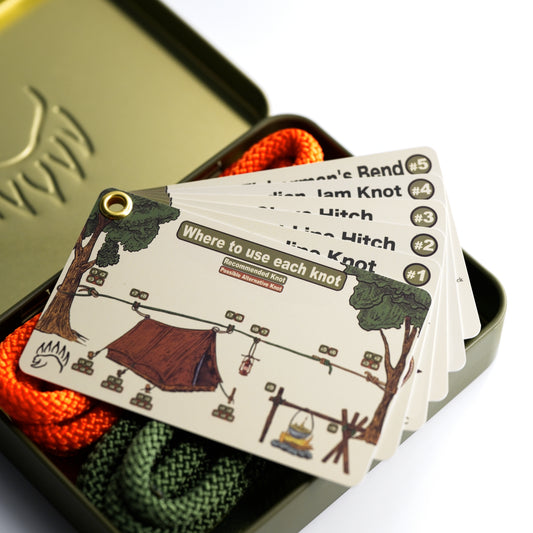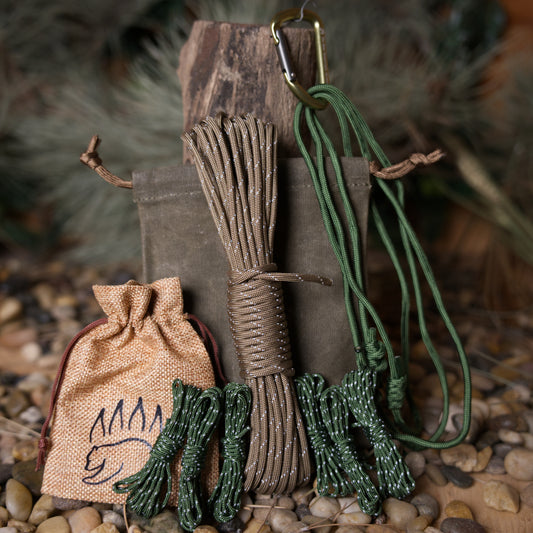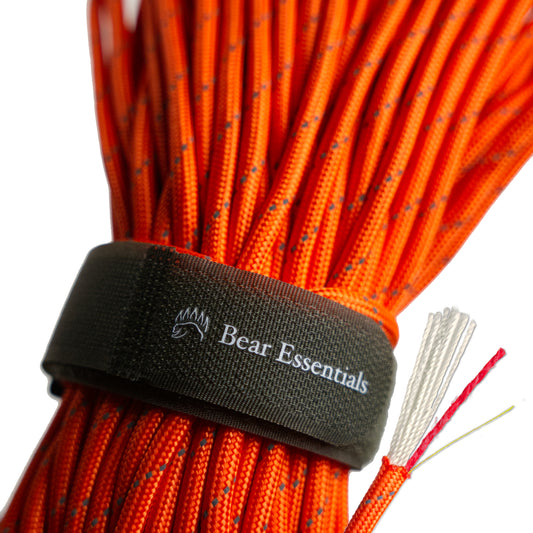How to Tie the Lapp Knot - Slipped Loop Version
Usage
The Lapp Knot - Slipped Loop Version is commonly used to create a quick-release loop for temporary ties in fishing and utility tasks, such as securing lines or bundling items. Compared to other quick-release knots like the Slip Knot or Highwayman’s Hitch, it’s simpler to tie and releases with a single pull, but it’s less secure under heavy loads. Its slipped loop design makes it ideal for quick setups, though it requires a backup knot for critical tasks.
Why Learn the Lapp Knot - Slipped Loop Version?
Its slipped loop design allows instant release for temporary applications. This knot is a practical choice for anglers and outdoor enthusiasts needing a fast, adjustable tie.
Common Uses
-
Fishing:
- Creates temporary loops for tackle or bait setups.
- Secures lines for quick-release adjustments during fishing.
-
Utility:
- Bundles cords or items for storage or transport.
- Fastens ropes for temporary securing in household tasks.
ABOK Number
(Ashley Book of Knots)
Other Names
Category
|
Notable Features
- Quick release: Unties with a single pull, ideal for rapid takedown.
- Simple to tie: Forms quickly with minimal steps, great for urgent tasks.
- Versatile use: Works in fishing, utility, or bundling scenarios.
- Adjustable loop: Easily resized for flexible applications.
Variations
No true variations are listed for the Lapp Knot - Slipped Loop Version. When seeking extra security, add the overhand knot security.
Similar Knots
Slip Knot vs. Lapp Knot - Slipped Loop Version
- Pros: Equally quick to tie and releases easily with a pull.
- Cons: Less adjustable for loop size compared to the Lapp Knot’s slipped loop.
Highwayman’s Hitch vs. Lapp Knot - Slipped Loop Version
- Pros: More secure for heavier loads, collapses dramatically for release.
- Cons: More complex to tie, less suited for small, quick tasks.
History
The Lapp Knot - Slipped Loop Version likely originated in maritime or fishing communities, where quick-release knots were needed for securing lines or nets. While not listed in The Ashley Book of Knots, its simplicity and adaptability have made it a staple in modern fishing and utility tasks. Its use in bundling and temporary ties reflects its practical value in everyday scenarios.
Security Level
The Lapp Knot - Slipped Loop Version provides moderate security for temporary ties, holding well under light to moderate tension but prone to slipping under heavy loads without a backup knot. It’s reliable for low-stakes tasks but requires careful tensioning to maintain grip. Adding a stopper knot ensures greater reliability for critical applications.
Downsides
- Limited strength: May slip under heavy or dynamic loads without reinforcement.
- Tension required: Needs proper tightening to avoid accidental release.
Structure
- Form a bight in the rope, leaving a long working end.
- Pass the bight over the standing line to create a loop.
- Fold the bight back to form a slipped loop and pass it through the initial loop.
- Pull the standing line to tighten the knot, keeping the slipped bight loose for release.
- To release, pull the slipped bight; add a stopper knot for security if needed.
Pro Tip: Use a smooth, flexible rope for easier tying and reliable release.
FAQ
Is the Lapp Knot - Slipped Loop Version strong enough for heavy loads?
It’s suitable for light tasks but needs a stopper knot for heavier loads to prevent slipping.
What’s the best rope for the Lapp Knot - Slipped Loop Version?
Smooth, flexible ropes like nylon or polyester work best for easy release and secure tying.
How does the Lapp Knot - Slipped Loop Version compare to the Slip Knot?
The Lapp Knot is more adjustable for loop size, while the Slip Knot is quicker to release.
Can the Lapp Knot - Slipped Loop Version be used in climbing?
No, it’s not safe for climbing due to its quick-release nature; use knots like the Bowline instead.
Why choose the Lapp Knot - Slipped Loop Version over the Highwayman’s Hitch?
The Lapp Knot is simpler and faster to tie, making it better for quick, temporary ties.
Important Notes on Safety
Common failure points include slippage under load or a poorly formed slipped bight, which can cause the knot to release prematurely. Always verify the knot is snug and test it under light load before use.
- Check rope for wear or slickness before tying.
- Ensure the slipped bight is accessible for easy release.
- Practice tying and releasing in low-stakes settings first.








